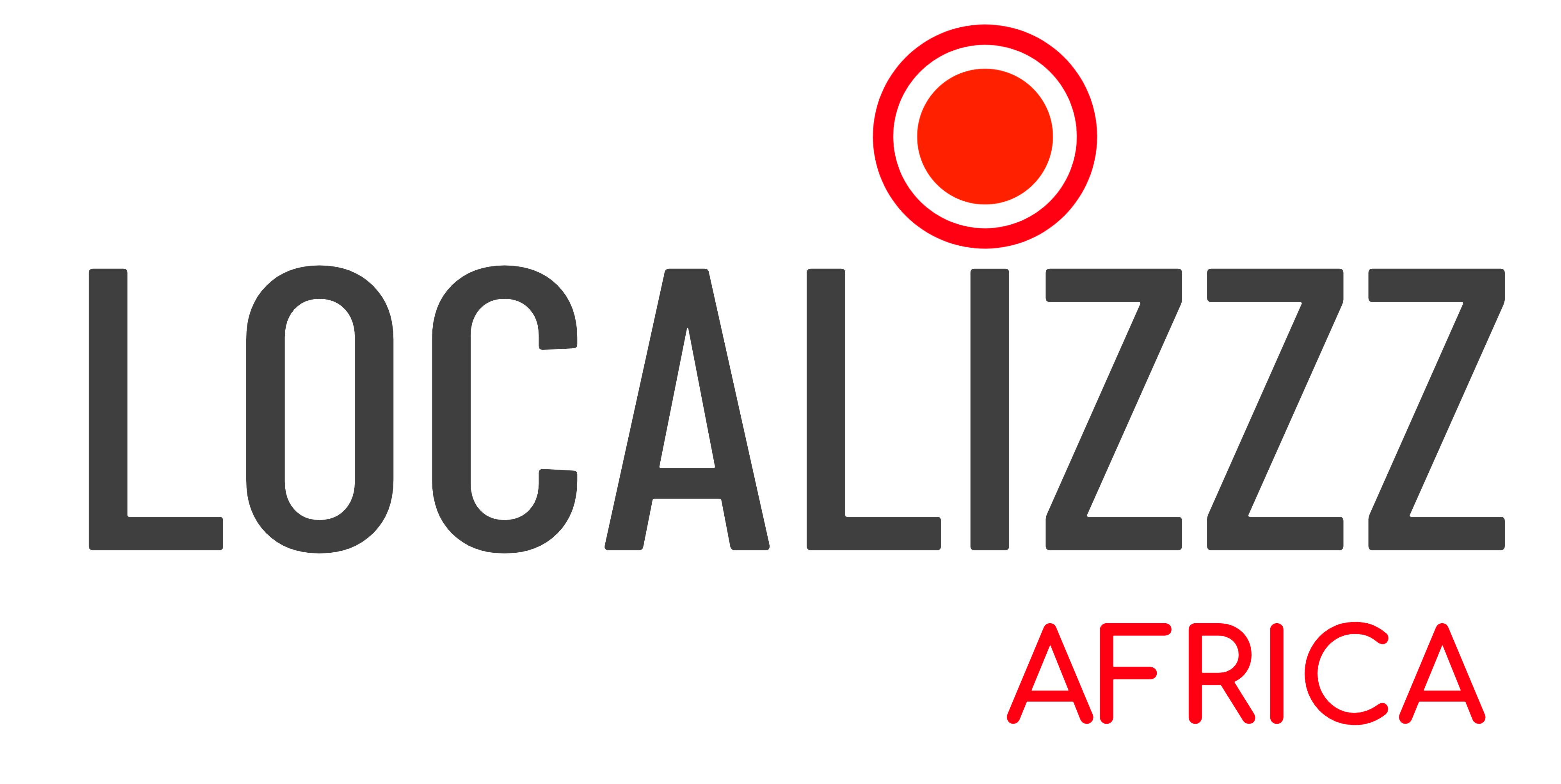African urban languages are a testament to the continent’s dynamism. These languages, often pidgins or creoles, emerge in urban settings as a blend of indigenous and colonial languages, reflecting the complex socio-political histories of African nations. While Nigerian and Cameroonian pidgin are widely recognized, lesser-known languages like Camfranglais and Nouchi also play a role in the continent’s linguistic landscape.
These urban languages serve several critical functions:
- Lingua Franca: They facilitate communication in multicultural urban environments where numerous ethnic groups coexist.
- Cultural Identity: They provide a sense of belonging and identity, especially among the youth, who often use these languages as a marker of their generation’s identity.
- Social Mobility: Knowledge of these urban languages can be crucial for social integration and economic opportunities in urban areas.
- Cultural Innovation: They are a driving force in the arts, especially in music and literature, reflecting contemporary social realities and trends.
While these languages are vibrant and functional, they face challenges, primarily in recognition and preservation. There’s often a bias towards more ‘official’ languages in educational and governmental domains. However, with increasing interest in sociolinguistics and cultural studies, these urban languages are gaining recognition for their role in societal dynamics.
African urban languages are not just linguistic curiosities but vital components of the continent’s socio-cultural fabric. They are valid languages, rich in expression and functionality. Their continued evolution and increasing recognition highlight the resilience and creativity of Africa’s urban populations, marking these languages as significant contributors to the global linguistic and cultural diversity.

